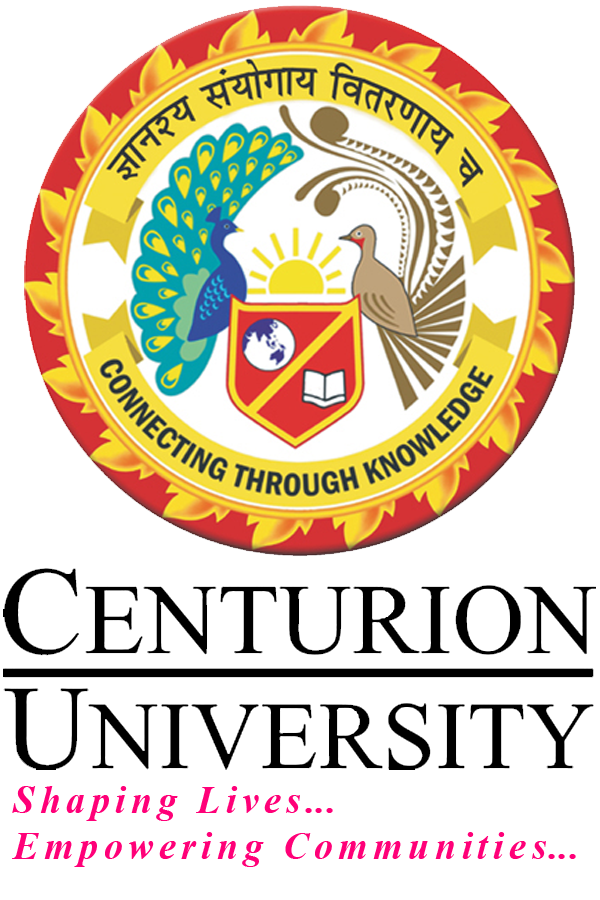This is a skill oriented course to provide hands-on practice and project work in the computational biological study involving different in silico techniques, including database mining, data retrieval, data curation, annotation, and structural characterization.
Introduction to Computational Biology
Course Attendees
Still no participant
Course Reviews
Still no reviews
Code(Credit) : CUTM3108 (0-3-1)
| Scheme | Skill for Success (SFS) |
| NSQF Level | 4 |
| Duration | 4 Months |
| Sector | Skill Council for Green Jobs (SCGJ) |
| Occupations | Sequence Analysis |
| Entry Qualification | Diploma/B. Tech/Applied Science/ Agriculture |
| Minimum Age | 18 Years |
| Aligned to (QP) | |
Course Objectives:
The objectives of this subject are:
To foster the students with in silico bioinformatics education for their future career.
- To learn the basic concepts of Bioinformatics and its significance in Biological data analysis.
- To inculcate the advanced tools and databases of genomics and its applications.
- To obtain the hands-on-training in in silico basics related to functional genomics.
- Can join industry as a Sequence analyst or Bioinformaticianand will progress.
- Can become entrepreneur in the related field.
- Can do Diploma or any Advance program in the same.
Industry Participation:
- Department of Biotechnology, Phytopharma Lab, CUTM, Odisha.
- BIOVIA.
Course Syllabus/Contents:
Module 1:
Unit 1: History, Scope and Importance, Databases- Tools and their Uses,
Unit 2: Introduction to various tools and databases - DNA Databases - NCBI and its GenBank resources, KEGG and its resources, DNA Data Bank of Japan (DDBJ).
Unit 3: National Centre for Biotechnology Information (NCBI): cDNA libraries and Expressed Sequence Tags (ESTs), EST analysis, Pairwise alignment techniques, Multiple sequence alignment.
Unit 4: Kyoto Encyclopedia of Genes and Genomes (KEGG): Modules, Network, Genomes, Genes and KEGG analysis tools.
Unit 5: DNA Data Bank of Japan (DDBJ): Sequence Alignment Methods, Predictive Methods Using DNA Sequences.
Module 2:
Unit 1: Protein Information Resources (PIR)
Unit 2: SWISS PROT and Protein Data Bank (PDB): Protein features and motifs, annotation and curation, protein structure analysis.
Module 3:
Unit 1: Phylogenetic analysis: Evolution, elements of phylogeny, methods of phylogenetic analysis, Phylogenetic tree of life, comparison of genetic sequence of organisms, phylogenetic analysis tools-Phylip, ClustalW.
Unit 2: BLAST: Basic Local Alignment Search Tool: Nucleotide BLAST, Protein BLAST, Blastn, Blastp, Blastx, tBlastn, tBlastx
Unit 3: Sequence Alignment: MSA using conserved domain and local sequence similarity information, COBALT, Protein sequence alignment, Nucleotide sequence alignment.
Module 4:
Applications of bioinformatics tools in Agriculture, Medicine, Diary, Health Industry, Environment, Biotechnology, Genomics, Transcriptomics and Proteomics; Bioinformatics and Career.
List of Projects/Products/Publications :
Latest News & Student Testimonials
Media
Our Main Teachers

Dr. Pushpalatha G., Professor, Department of Plant Biotechnology, Centurion University of Technology and Management, Odisha has many accomplishments. As a Principle Investigator (PI), she runs a project entitled ‘Genome-wide haplotype analysis for salt tolerance associated candidate genes in rice’ funded by SERB (TAR/2021/000258 dated 2nd December 2021), Government of India, India. She is also a […]

